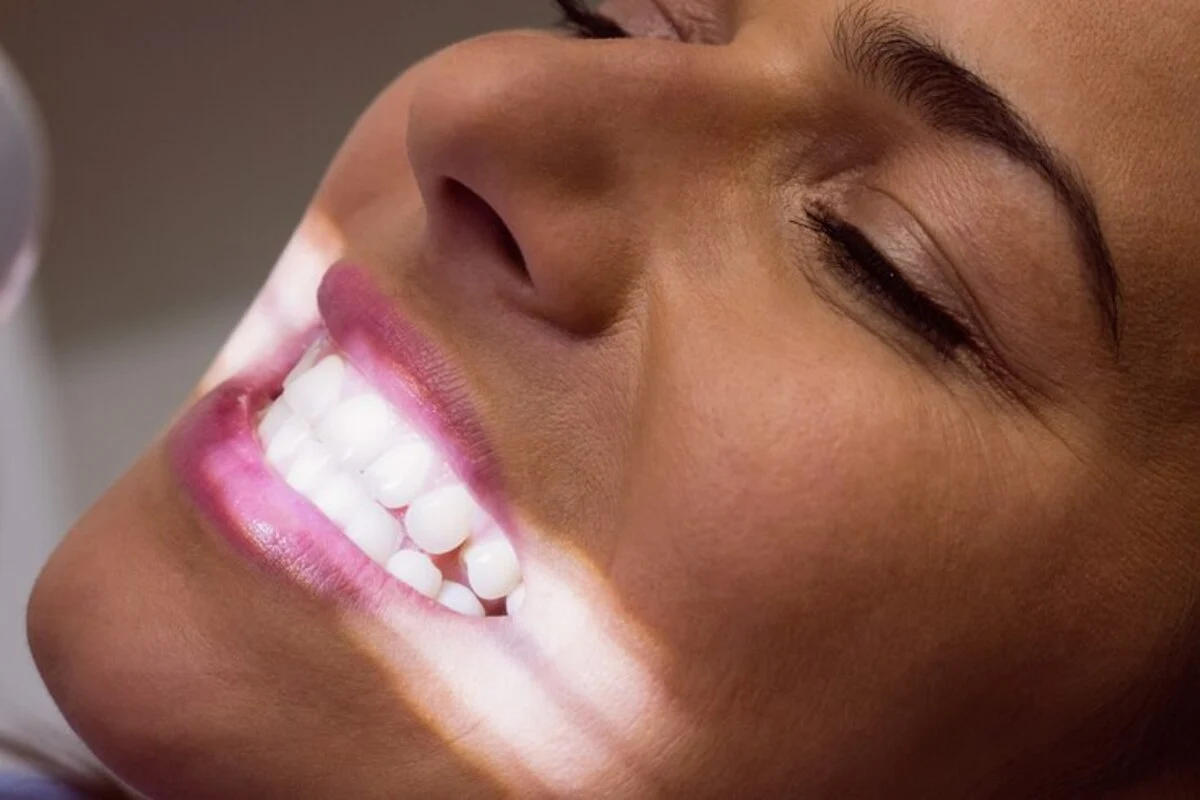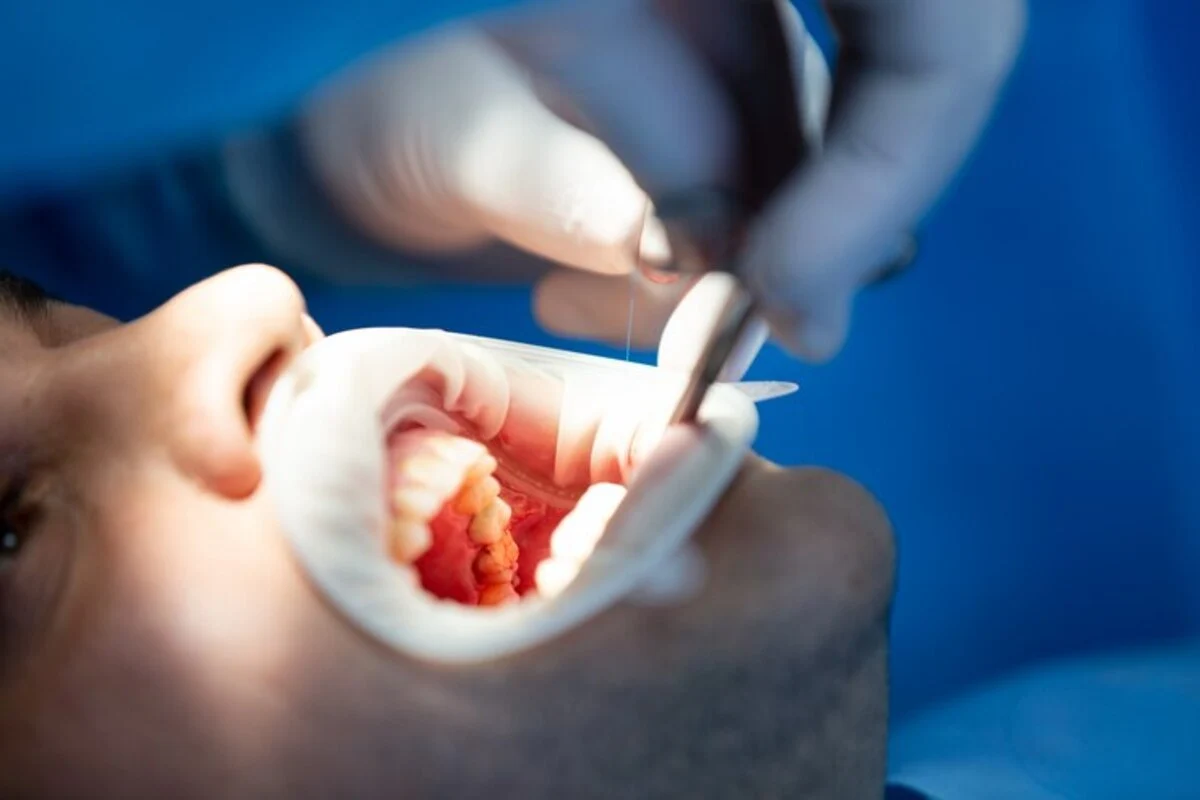Table of Contents
Dental onlays, often considered a conservative alternative to full crowns, represent a pivotal advancement in restorative dentistry. They are custom-made solid materials, designed to precisely fit and fill large cavities and repair extensive tooth damage.
Unlike dental crowns that cover the entire tooth, onlays are utilized when the damage does not warrant a full crown, making them an ideal solution for teeth with significant decay or fracture that extends over the cusps of the tooth.
This nuanced approach allows for the preservation of more natural tooth structure, a cornerstone principle in modern dental practice. Follow this article which has been written by Fortune smiles dental care clinic to achieve beneficial data about dental onlays.
Introduction to Dental Onlays
Dental onlays can be crafted from various materials, including gold, composite resin, and ceramic (porcelain), each offering unique benefits. Gold onlays, prized for their durability and strength, are less common today due to aesthetic considerations. Conversely, ceramic and composite onlays are favored for their ability to blend seamlessly with the natural tooth color, offering a more discreet restoration.
Despite material differences, all onlays share the goal of restoring teeth to their optimal shape, function, and appearance while preventing further decay and strengthening the tooth’s overall structure.
The Benefits of Dental Onlays
The adoption of dental onlays in restorative dentistry brings numerous benefits, chief among them being their ability to conserve tooth structure. Unlike traditional fillings or crowns that may require significant alteration of the tooth, onlays target the damaged area with precision, leaving healthy tooth intact.
This conservative approach not only maintains the tooth’s strength but also reduces the risk of future dental complications.
Onlays also excel in longevity and durability, often outlasting traditional fillings. Made from materials that closely mimic the hardness of natural teeth, they distribute chewing forces evenly, minimizing the risk of breakage. Additionally, the custom fabrication of onlays ensures a perfect fit, reducing the likelihood of bacterial leakage that can lead to further decay.
Their aesthetic appeal is another significant advantage, with materials like porcelain offering a natural look that can enhance a patient’s smile and confidence.
Furthermore, the versatility of onlays makes them suitable for a wide range of dental restoration needs. They can effectively repair large cavities, fractured teeth, and replace old or damaged fillings, providing a durable solution that safeguards the tooth against future damage.
By bridging the gap between fillings and crowns, dental onlays offer a tailored treatment option that aligns with the principles of minimally invasive dentistry.
Biomimetic Onlays: A Technological Advancement
Biomimetic dentistry is revolutionizing the way dental restorations are conceived, focusing on materials and procedures that mimic natural tooth structure and function. Biomimetic onlays, along with inlays and 3/4 crowns, are at the forefront of this shift.

They are designed not only to repair damaged teeth but to do so in a way that closely replicates the tooth’s original biomechanical properties. This approach ensures that restored teeth are not only visually indistinguishable from their natural counterparts but also function in much the same way, preserving natural tooth vitality and preventing future dental issues.
The materials used in biomimetic restorations, such as advanced ceramics, are selected for their ability to mimic the hardness, elasticity, and wear resistance of natural tooth enamel and dentin. This compatibility reduces the stress on restored teeth during chewing, minimizing the risk of fracture and increasing the longevity of the restoration.
Biomimetic onlays are custom-crafted to fit the tooth precisely, ensuring a seamless integration that reinforces the tooth’s structure while protecting against decay and bacterial invasion.
The Procedure: From Diagnosis to Placement
The process of placing a dental onlay is meticulous and patient-centric, designed to ensure the best possible outcome with minimal discomfort. Initially, any existing decay or old fillings are carefully removed from the tooth, preserving as much healthy structure as possible. The tooth is then shaped to prepare it for the onlay, a step that involves creating an optimal surface for the restoration to adhere to.
An impression of the prepared tooth is taken, which serves as a model for crafting the onlay. During this phase, patients can discuss material options and select a shade that matches their natural teeth, ensuring the restoration is both functional and aesthetically pleasing. If the onlay is being created off-site, a temporary filling may be placed to protect the tooth until the onlay is ready.
Once completed, the onlay is carefully fitted and bonded to the tooth, restoring its shape, strength, and appearance. Advances in dental technology, such as CAD/CAM systems, have even made it possible for some onlays to be designed and fabricated in a single visit.

The integration of dental onlays into treatment options provides patients with a durable, aesthetically pleasing solution for tooth restoration. By combining traditional craftsmanship with modern technology, dental professionals can offer restorations that not only look natural but also contribute to the overall health and function of the oral cavity.
In the next sections, we’ll compare dental onlays with traditional methods and explore patient experiences and maintenance tips to complete our comprehensive overview of this game-changing approach to dental care.
Comparative Analysis: Onlays vs. Traditional Methods
Comparing dental onlays with traditional restoration methods illuminates the benefits and advancements that onlays bring to patient care. Traditional fillings, while effective for minor cavities, lack the durability and precision that onlays offer for larger areas of decay or damage.
Fillings can shrink during the curing process, leading to gaps that might allow further decay. Onlays, made from robust materials like ceramic or composite resin, provide a more substantial, long-lasting solution that adheres closely to the tooth’s natural contours, minimizing the risk of future decay.
Crowns, another traditional method, require more extensive tooth preparation, often involving the removal of a significant portion of the tooth even if it’s healthy. This approach can weaken the tooth’s structure over time. Onlays cover only the affected area, preserving more of the natural tooth and maintaining its integrity.
This selective coverage, combined with the strength of the materials used, enhances the tooth’s functionality and longevity without the need for extensive tooth alteration.
Patient Experiences and Success Stories
Patient testimonials highlight the transformative impact of dental onlays on oral health and well-being. Many patients report satisfaction not only with the aesthetic results but also with the process itself, noting minimal discomfort and a swift recovery. The ability of onlays to blend seamlessly with natural teeth, restoring the tooth’s appearance and function, significantly contributes to patient confidence and satisfaction.
Moreover, the durability of onlays means patients enjoy the benefits of their restorations for many years, often exceeding expectations set by prior experiences with traditional fillings or crowns.
Success stories often include patients who have had onlays replace older, failing restorations. These cases underscore the advantages of onlays in terms of strength, fit, and protection against decay. Patients appreciate the conservative approach that preserves more of their natural tooth, reducing the need for more invasive procedures in the future.
Dental onlays, by providing a solution that is both effective and aesthetically pleasing, play a crucial role in improving patients’ oral health and overall quality of life.
Maintenance and Care for Dental Onlays
Proper care and maintenance are key to extending the life of dental onlays. Patients are advised to follow a regular oral hygiene routine, including brushing twice a day with fluoride toothpaste and flossing daily. This routine helps prevent plaque buildup and protects the onlay and surrounding teeth from decay.
Regular dental check-ups and cleanings are also crucial for monitoring the onlay’s condition and addressing any issues early on.
Avoiding hard and sticky foods can prevent damage to the onlay, and wearing a nightguard is recommended for patients who grind their teeth, to protect against wear and tear. With proper care, dental onlays can last for many years, providing a durable and effective restoration that maintains the health and aesthetics of the patient’s smile.
This comprehensive exploration of dental onlays showcases their significant benefits over traditional dental restoration methods. Through the integration of advanced materials and techniques, dental onlays offer a superior solution for restoring damaged teeth, providing lasting durability, aesthetic harmony, and improved patient outcomes.

